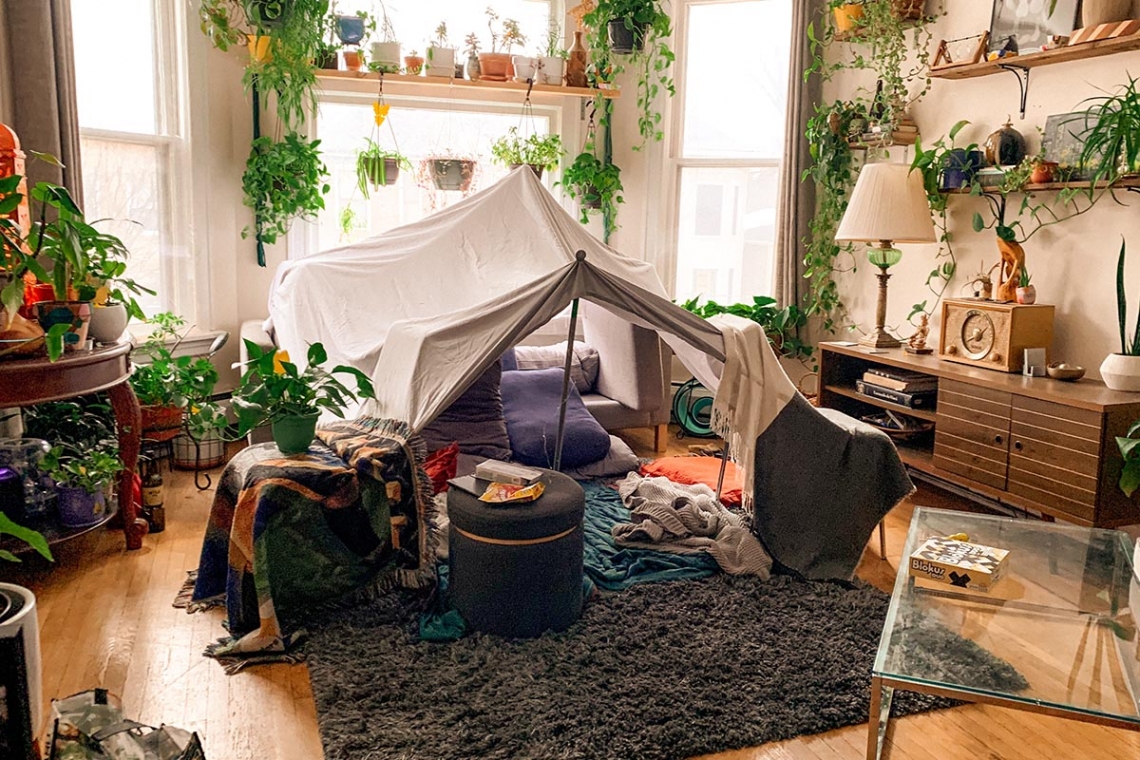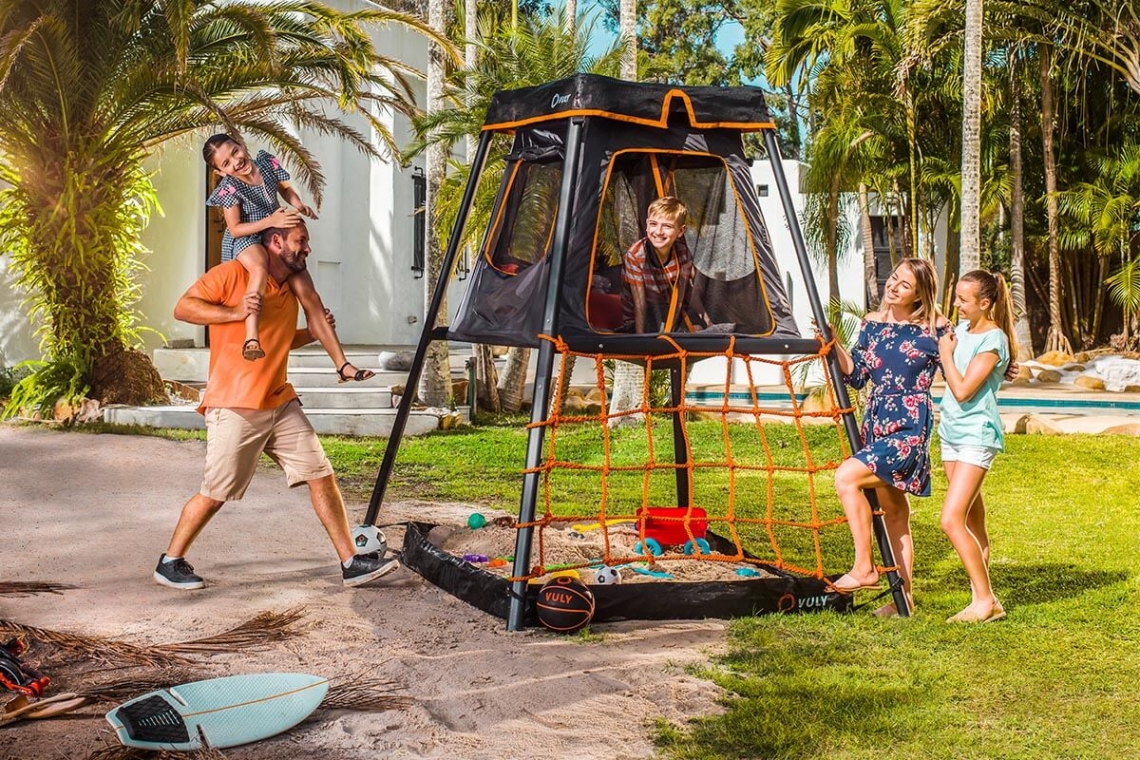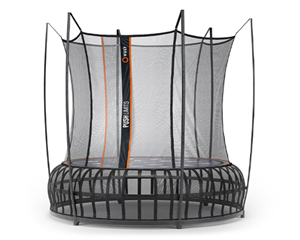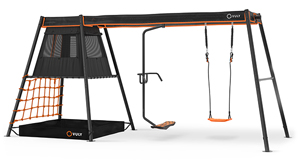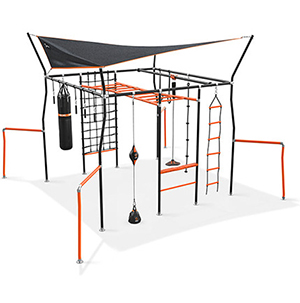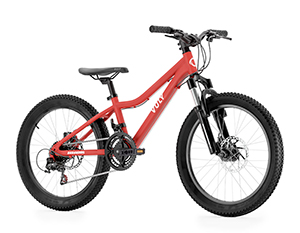Cubbies, which are typically enclosed structures, are great for promoting creativity and fun for kids. They can come in all different designs and styles; from miniature houses to pillow forts, and allow kids to immerse themselves in the wonderful world of imagination.
Cubbies encourage kids to develop problem-solving skills, socialise with others and explore the unlimited possibilities of unstructured play. Kids' cubby houses are also great for promoting a sense of responsibility and independence in kids by providing them with their own space to explore.
Cubby house design
There are many different styles and designs of cubbies on the market, and it is important to pick one that fits your needs. Both outdoor and indoor options offer a range of cubby ideas that can suit varying age ranges, different spaces, and design types.
Outdoor cubby house ideas
Outdoor options are great for getting kids outside and for families with plenty of backyard space. Most outdoor play equipment comes with a cubby play house attached, which offers more diverse ways to play. These sets often come with swings, monkey bars, sandpits, or slides and provide lots of enjoyment for different age ranges. If possible, cubby houses that are suspended in a tree or from the ground make for exciting adventures, allowing children to imagine they are high up in a forest.
Other outdoor cubbies include miniature houses made from wood or plastic, converted sheds, and shop cubbies. These cubby designs can come in many different styles and shapes, with miniature fences and porches or shop fronts allowing kids to role-play as cooks, shop owners, or anything else they can imagine. These options are great for parents looking for preschool cubby ideas as well as ideas for older kids, as the cubbies often range in size and can be easily adapted to different age groups by changing the interior setup.
Indoor cubby huts
Not all cubbies go outside. There are many options on the market for tent cubbies, which bring the experience of camping into the living room. These are great for providing adventure and entertainment for kids in the comfort of the house, particularly when it is too wet or cold to be outside. Beds that also double as cubbies provide a fun alternative to traditional beds for kids and are perfect for indoor use. Cubby forts made from pillows, blankets, and chairs are also a great way to involve kids and encourage their problem-solving skills by designing their own cubby huts.
How to decorate cubbies
After finding a cubby design that suits your needs, decorating the cubby with imaginative and interactive features allows kids to enjoy themselves whilst developing social and motor skills.
Unstructured play is an important part of a child’s development and cubbies provide a perfect opportunity for this. They offer a space for children to indulge in their imagination and promote decision-making skills as the child gets to control the play. The unstructured nature of cubbies promote these endless possibilities for kids to create stories and be whoever they want to be. Below are some cubby decorating ideas which can help with this process.
Traditional cubby play houses
When decorating a kids cubby house it's a great idea to include pretend play objects which mimic real-life things, such as a pretend kitchen, work-set, or kids' furniture. These objects allow kids to develop their vocabulary and motor skills through imitation and role play. Kids' furniture allows them to enjoy tea parties and play with friends in their own private space. A plastic tea set or small dining set, with bean bags and a small table, would make for a perfect setup. This furniture will make the space more comfortable and enjoyable for the kids to play in.
Pretend cooking and building are great activities for young boys and girls. The ability to use plastic knives to cut velcro fruit and manage different pretend tools will aid in the development of fine motor skills in the hands. These forms of play are also great for developing communication skills with other kids and will teach them language and movement skills that they will continue to develop throughout their life.
Personalising a kids' cubby house
To decorate the interior walls of the cubby it is a great idea to hang your kid’s artwork on the walls and to let them choose a paint colour or theme for the cubby. This allows them to customise the space to be their own and will help them to enjoy the cubby more.
Themed preschool cubby ideas
If your child has a favorite show, game, or location it would also be a great idea to customise the cubby house by decorating it in this theme. If your child loves pirates and ships, then a blue theme with a treasure chest and telescope would be a great addition to encourage role-play. Otherwise, a jungle or forest-themed cubby house with fake vines, animals and even mythical creatures would transport them into an enchanted forest.
There are many ways to design and decorate cubbies to personalize them for your child enjoyment. The classic outdoor cubby design offers cubbies that are attached to other play equipment or standalone miniature houses.
Alternatively, smaller indoor cubby huts and tents are a great choice for parents with limited space or those who are looking for options during rainy and cold days. The decoration of cubbies should be customised to the interests of the kids so that they can make the space feel like their own. Pretend items and themed cubbies are a great way to achieve this and to keep kids entertained whilst promoting learning.


















































